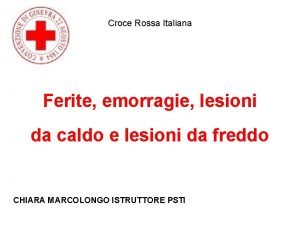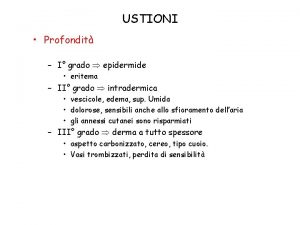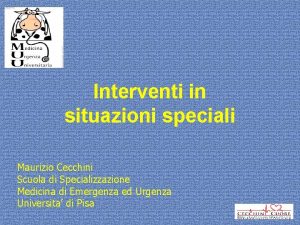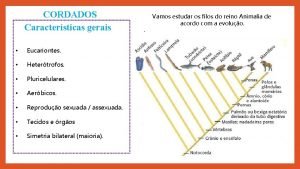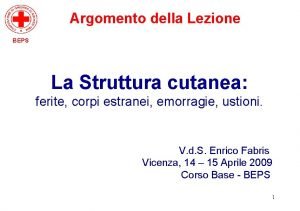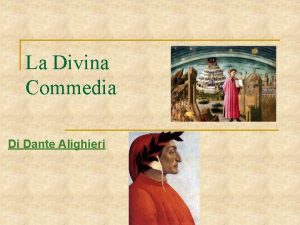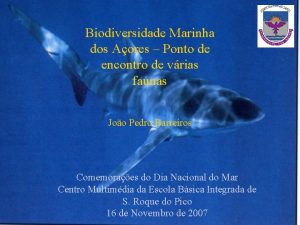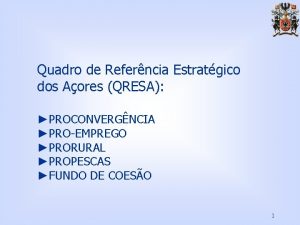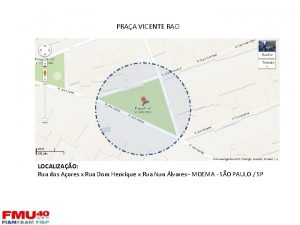O ARQUIPLAGO DOS AORES E AS SUAS NOVE













- Slides: 13

O ARQUIPÉLAGO DOS AÇORES E AS SUAS NOVE ILHAS ENCANTADORAS Informações Gerais By: Vanessa Arruda Period 4

As nove ilhas que compõem os Açores são São Miguel, Pico, Terceira, São Jorge, Faial, Flores, Santa Maria, Graciosa, e Corvo.

BRIEF HISTORY Eles chamaram os Açores em cadeia para o pássaro de falcão que eles encontraram em sua chegada (They named the chain Açores for the hawk-like bird that they found upon their arrival). There’s debate as to the precise date of discovery, but most historians agree that the Portuguese discoverer Diogo de Silves found 7 of the 9 islands beginning in 1427. 20 years later Flores and Corvo were discovered by Diogo de Teive and his son João de Teive. Each island was originally governed and developed by Flemish and Portuguese donees designated by the crown. 1976 , tornou-se uma região autónoma. The Climate is mild and most places sunny. Every single island has its own climate. The humidity is on some islands some higher than others. On the Azores you can use the phrase "four seasons of the day".

ECONOMY The Azores location in the Atlantic has enabled this region to serve as a trading station and ship supplier throughout its long history. 16 th century- Azorean historian Gasper Frutuoso proclaimed Terceira island “the universal port-of-call in the western ocean, celebrated the world over. ” Fertile, natural pastures produce a high-quality beef that is a major export, and served as fine cuisine in Azorean restaurants. Local cheeses, red/white wines, canned fish, tea, and many varieties of tropical fruits (especially São Miguels pineapples) are marketed to tourists and exported around the world. Azorean farms produce grains, beans, corn, sweet potatoes, figs, pears, apples, peaches, and quinces for regional consumption.

FOOD AND DRINK Although there are some common tastes on the Azorean cuisine, each island’s recipes have their own imprint. Fish such as tuna, blue jack mackerel, chub mackerel, forkbear, red porgy, and swordfish are commonly served. Liver sauce cracklings and sausages are must haves, whilst linguiça can be the main course if served with taro root, and blood pudding an appetiser if complemented by pineapple. Durante as Festas do Espírito Santo , como a Sopa do Espírito Santo (Soup of the Holy Ghost) e da massa sovada (Portuguese sweet bread). O pão conhecidas como bolos lêvedos , típicas de Furnas, é servido a qualquer momento durante todo o ano. O queijo Queijo de São Jorge está no topo da lista dos produtos lácteos saborosos. (The cheese Queijo de São Jorge is at the top of the list of tasty dairy products). Everything starts with fresh cheese that is served with pimenta da terra (red pepper mash).

In addition to bananas and apples, the Azorean climate favors exotic fruit such as the strawberry guava and the cherimoya. The pineapples and passion fruit of São Miguel have earned the right to wear the seal of denomination of protected origin. Pastries whose origins can be traced back to convents stand out among the cakes and sweets that are typical of each island. Wine is produced on the islands of Pico, Graciosa and Terceira, but now from different grapes and complementing the once famous verdelho wine. Beer, soft drinks, fortified wine, fruit liqueur, and brandy complete a diversified offer. Tea is planted on the island of São Miguel, adding another exotic taste to the pleasures of the Azorean cuisine.

INDUSTRIES Its main industries are: agriculture, dairy farming (for cheese and butter products primarily), minor livestock ranching, fishing and tourism, which is becoming the major service activity in the region. A indústria da pesca proporciona um grande potencial de crescimento futuro (The fishing industry provides a major potential for future growth). The breeding of livestock is very important to the local economy. In Sao Miguel there is almost one cow person. Fresh milk is the primary raw material used in the Azorean transformation industry. Cheese, butter and powdered milk are the principal goods exported.

CELEBRATIONS Açorianos estão unidos por muitas festas celebradas nas ilhas. Nearly all Azoreans are Catholic, and they celebrate feasts honoring the patron saint of each parish. Many of these celebrations started as a means of fulfilling a promise made in times of need or as an expression of gratitude. The feast that symbolizes the Azorean soul, Espírito Santo, is celebrated on each island in many other communities. Seaside feast- Semana do Mar in Faial, Semana dos Baleeiros em Pico, e Maré de Agosto em Santa Maria- reunir pessoas para deleites culinários, artes populares , dança e música tradicional Carnaval is celebrated throughout the islands with traditional music, dance, theater, and parades. https: //www. youtube. com/watch? v=dieipsj 760 E (1: 10 -2: 10)

CORVO E FLORES s Flore Corvo

FAIAL E PICO Faial Pico

SÃO JORGE E SÃO MIGUEL São Jorge Ponta Delgada São Miguel

GRACIOSA E SANTA MARIA Graciosa Santa Maria

TERCEIRA
 Evropa posle versaja
Evropa posle versaja Aores
Aores Formy marketingovej komunikácie
Formy marketingovej komunikácie Poliedro convexo com 36 hastes e 27 esferas
Poliedro convexo com 36 hastes e 27 esferas Davaj pozor mila katka
Davaj pozor mila katka Regola del nove
Regola del nove Regola del nove
Regola del nove Verdunská smlouva
Verdunská smlouva Regola del nove
Regola del nove Podemos dividir o reino animal em nove filos
Podemos dividir o reino animal em nove filos Regola del nove
Regola del nove Svetové hospodárstvo a nové usporiadanie štátov
Svetové hospodárstvo a nové usporiadanie štátov I nove cerchi angelici
I nove cerchi angelici Nove
Nove





